engine FIAT 500 1967 1.G Workshop Manual
[x] Cancel search | Manufacturer: FIAT, Model Year: 1967, Model line: 500, Model: FIAT 500 1967 1.GPages: 128, PDF Size: 9.01 MB
Page 2 of 128
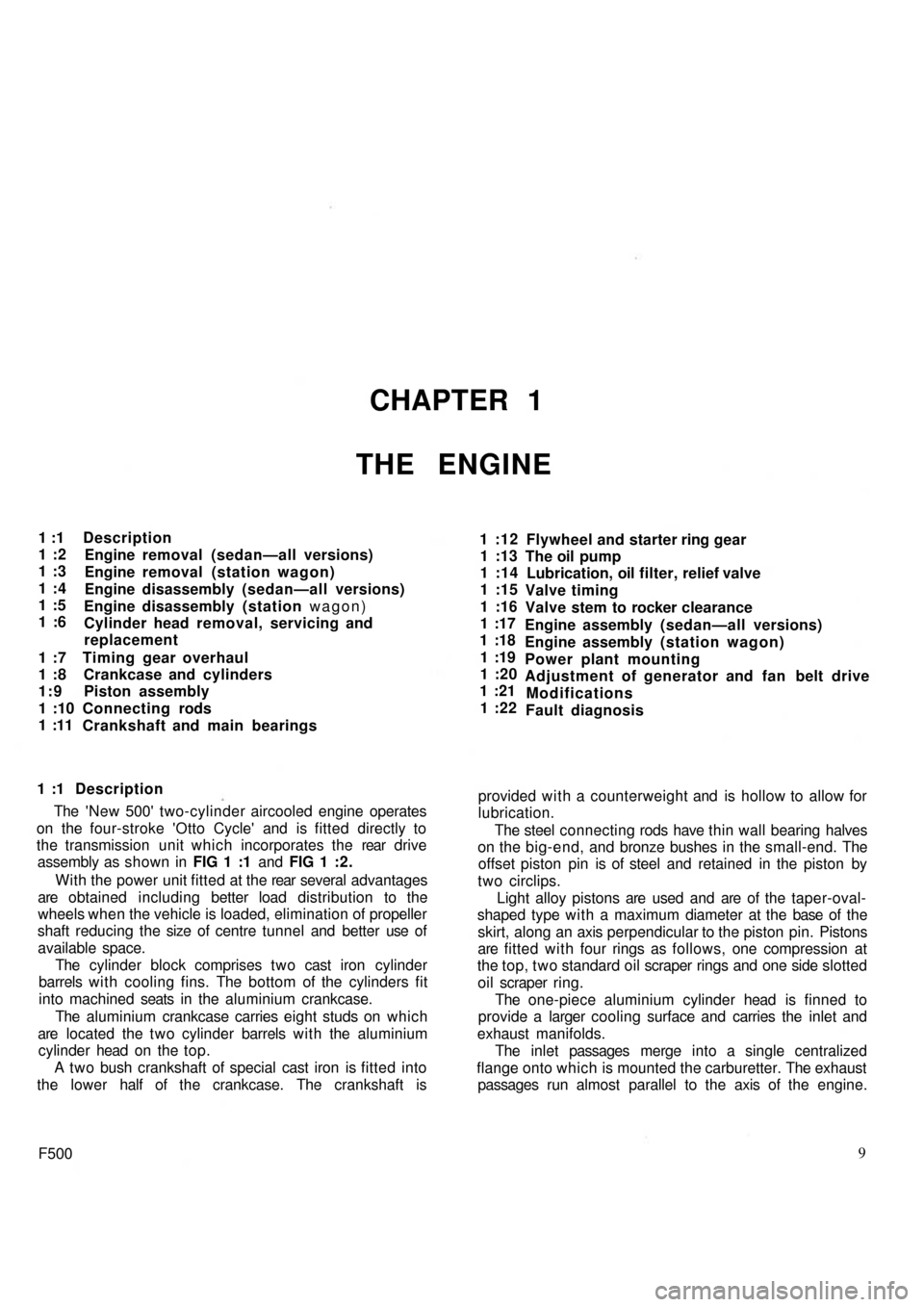
CHAPTER 1
THE ENGINE
1 :1
1 :2
1 :3
1 :4
1 :5
1 :6
1 :7
1 :8
1:9
1 :10
1 :11Description
Engine removal (sedan—all versions)
Engine removal (station wagon)
Engine disassembly (sedan—all versions)
Engine disassembly (station wagon)
Cylinder head removal, servicing and
replacement
Timing gear overhaul
Crankcase and cylinders
Piston assembly
Connecting rods
Crankshaft and main bearings
1 :1 Description
The 'New 500' two-cylinder aircooled engine operates
on the four-stroke 'Otto Cycle' and is fitted directly to
the transmission unit which incorporates the rear drive
assembly as shown in FIG 1 :1 and FIG 1 :2.
With the power unit fitted at the rear several advantages
are obtained including better load distribution to the
wheels when the vehicle is loaded, elimination of propeller
shaft reducing the size of centre tunnel and better use of
available space.
The cylinder block comprises t w o cast iron cylinder
barrels w i t h cooling fins. The bottom of the cylinders fit
into machined seats in the aluminium crankcase.
The aluminium crankcase carries eight studs on which
are located the t w o cylinder barrels w i t h the aluminium
cylinder head on the top.
A two bush crankshaft of special cast iron is fitted into
the lower half of the crankcase. The crankshaft is
F5009 provided with a counterweight and is hollow to allow for
lubrication.
The steel connecting rods have thin wall bearing halves
on the big-end, and bronze bushes in the small-end. The
offset piston pin is of steel and retained in the piston by
two circlips.
Light alloy pistons are used and are of the taper-oval-
shaped type with a maximum diameter at the base of the
skirt, along an axis perpendicular to the piston pin. Pistons
are fitted with four rings as follows, one compression at
the top, two standard oil scraper rings and one side slotted
oil scraper ring.
The one-piece aluminium cylinder head is finned to
provide a larger cooling surface and carries the inlet and
exhaust manifolds.
The inlet passages merge into a single centralized
flange onto which is mounted the carburetter. The exhaust
passages run almost parallel to the axis of the engine. 1 :12
1 :13
1 :14
1 :15
1 :16
1 :17
1 :18
1 :19
1 :20
1 :21
1 :22Flywheel and starter ring gear
The oil pump
Lubrication, oil filter, relief valve
Valve timing
Valve stem to rocker clearance
Engine assembly (sedan—all versions)
Engine assembly (station wagon)
Power plant mounting
Adjustment of generator and fan belt drive
Modifications
Fault diagnosis
Page 3 of 128
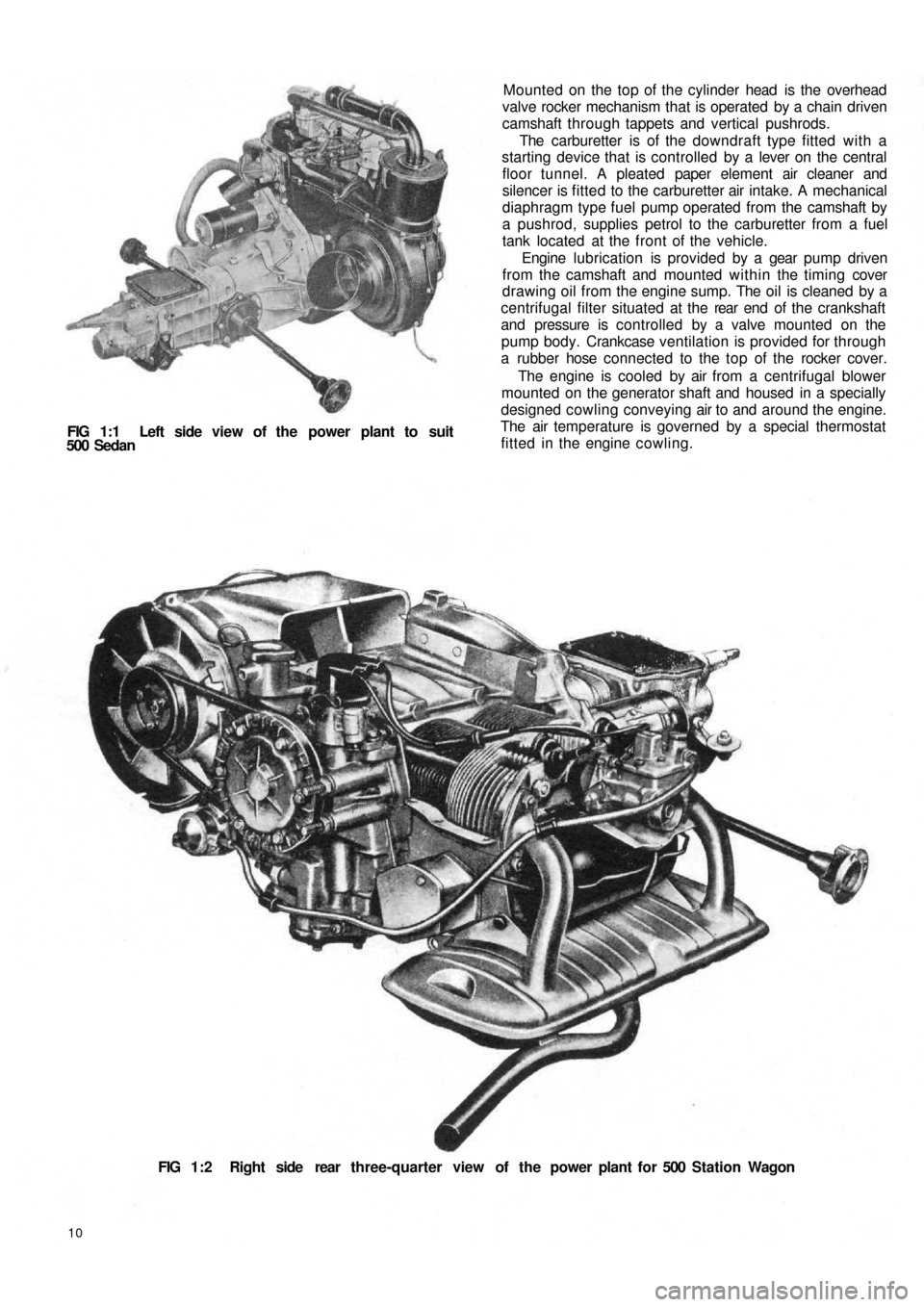
FIG 1:1 Left side view of the power plant to suit
500 Sedan
10
FIG 1:2 Right side rear three-quarter view of the power plant for 500 Station Wagon Mounted on the top of the cylinder head is the overhead
valve rocker mechanism that is operated by a chain driven
camshaft through tappets and vertical pushrods.
The carburetter is of the downdraft type fitted with a
starting device that is controlled by a lever on the central
floor tunnel. A pleated paper element air cleaner and
silencer is fitted to the carburetter air intake. A mechanical
diaphragm type fuel pump operated from the camshaft by
a pushrod, supplies petrol to the carburetter from a fuel
tank located at the front of the vehicle.
Engine lubrication is provided by a gear pump driven
from the camshaft and mounted within the timing cover
drawing oil from the engine sump. The oil is cleaned by a
centrifugal filter situated at the rear end of t h e crankshaft
and pressure is controlled by a valve mounted on the
pump body. Crankcase ventilation is provided for through
a rubber hose connected to the top of the rocker cover.
The engine is cooled by air from a centrifugal blower
mounted on the generator shaft and housed in a specially
designed cowling conveying air to and around the engine.
The air temperature is governed by a special thermostat
fitted in the engine cowling.
Page 4 of 128
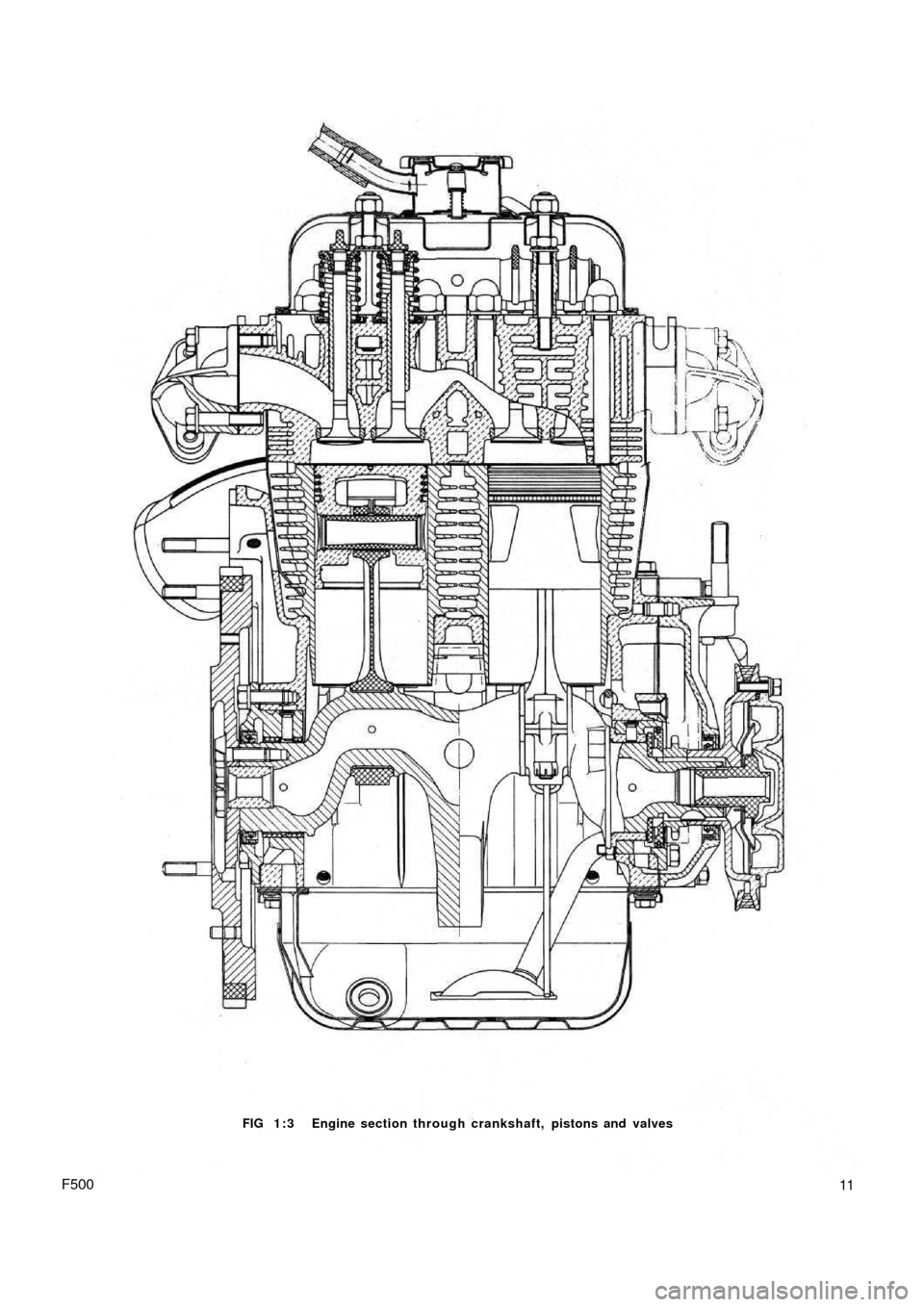
FIG 1 : 3 Engine section through crankshaft, pistons and valves
F50011
Page 5 of 128
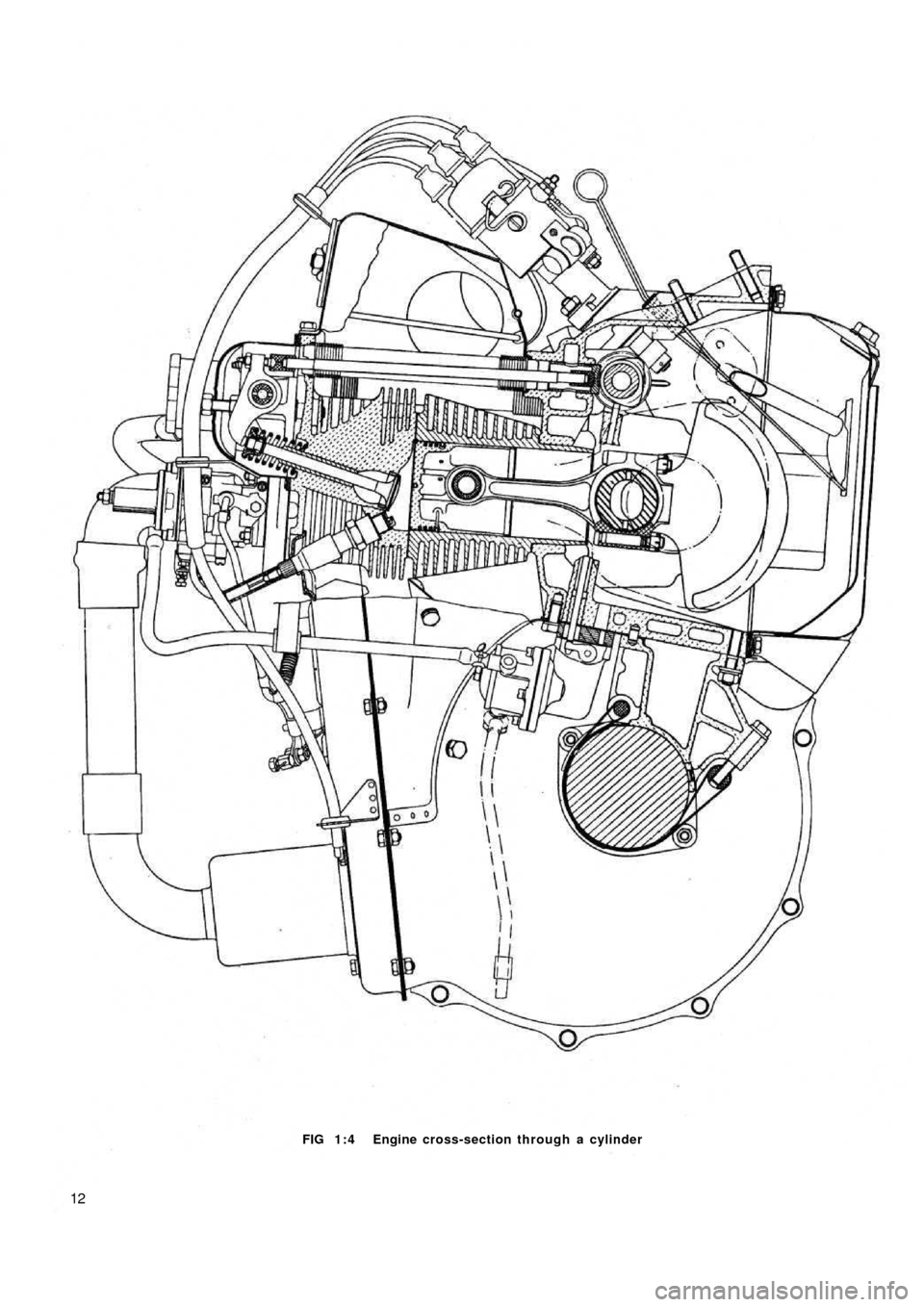
FIG 1 : 4 Engine cross-section through a cylinder
12
Page 6 of 128
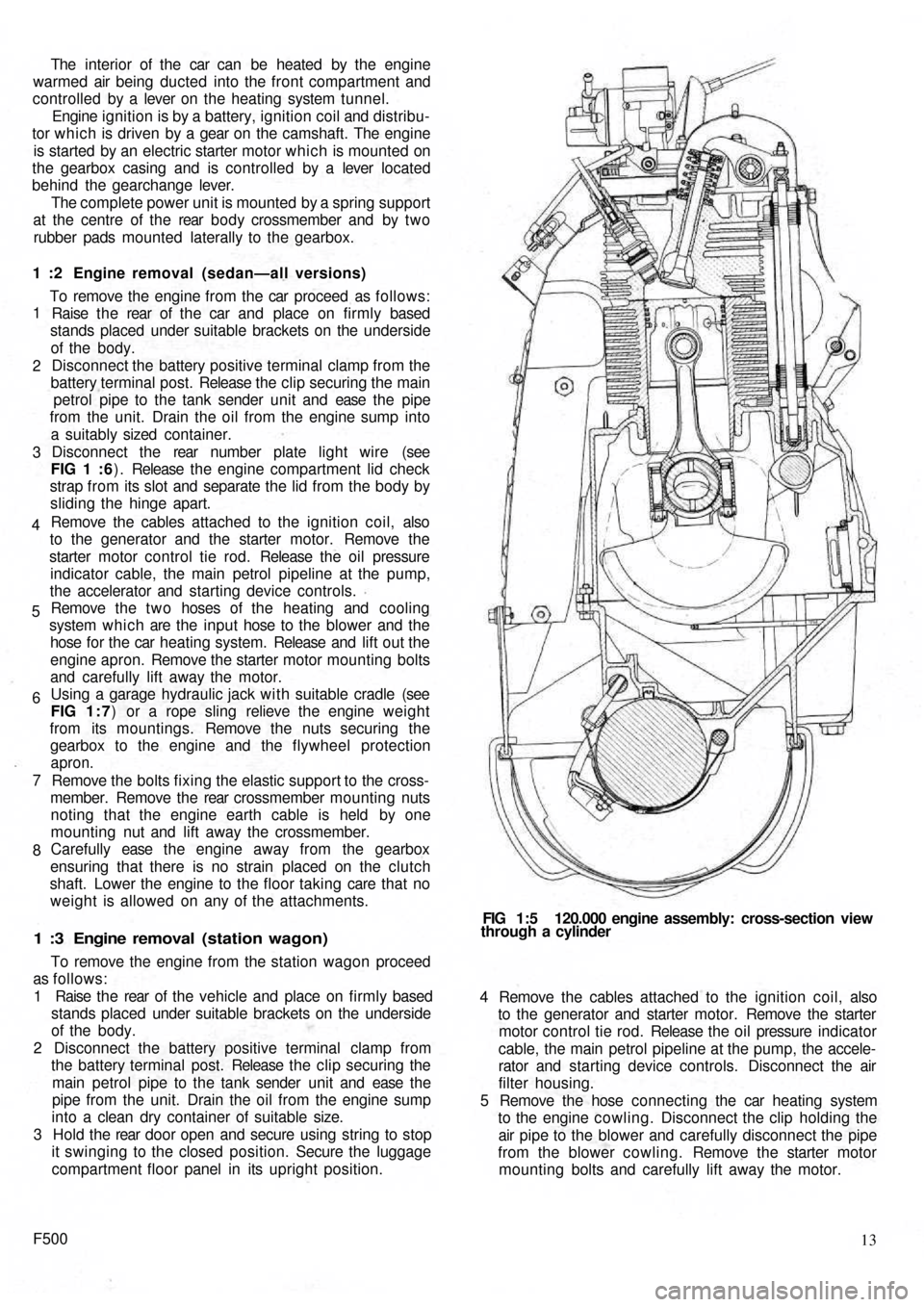
The interior of the car can be heated by the engine
warmed air being ducted into the front compartment and
controlled by a lever on the heating system tunnel.
Engine ignition is by a battery, ignition coil and distribu-
tor which is driven by a gear on the camshaft. The engine
is started by an electric starter motor which is mounted on
the gearbox casing and is controlled by a lever located
behind the gearchange lever.
The complete power unit is mounted by a spring support
at the centre of the rear b o d y crossmember and by t w o
rubber pads mounted laterally to the gearbox.
1 :2 Engine removal (sedan—all versions)
To remove the engine from the car proceed as follows:
Raise t h e rear of t h e car and place on firmly based
stands placed under suitable brackets on the underside
of the body.
Disconnect the battery positive terminal clamp from the
battery terminal post. Release the clip securing the main
petrol pipe to the tank sender unit and ease t h e pipe
from the unit. Drain the oil from the engine sump into
a suitably sized container.
D i s c o n n e c t t h e rear number plate light wire (see
FIG 1 : 6) . Release t h e engine compartment lid check
strap from its slot and separate the lid from the body by
sliding the hinge apart.
Remove the cables attached to the ignition coil, also
to the generator and the starter motor. Remove the
starter motor control tie rod.
Release the oil pressure
indicator cable, the main petrol pipeline at the pump,
the accelerator and starting device controls.
Remove the t w o hoses of the heating and cooling
system which are the input hose to the blower and the
hose for the car heating system. Release and lift out the
engine apron. Remove the starter motor mounting bolts
and carefully lift away the motor.
Using a garage hydraulic jack with suitable cradle (see
FIG 1 : 7) or a rope sling relieve the engine weight
from its mountings. Remove the nuts securing the
gearbox to the engine and the flywheel protection
apron.
Remove the bolts fixing the elastic support to the cross-
member. Remove the rear crossmember mounting nuts
noting that the engine earth cable is held by one
mounting nut and lift away the crossmember.
Carefully ease t h e engine away from the gearbox
ensuring that there is no strain placed on the clutch
shaft. Lower the engine to the floor taking care that no
weight is allowed on any of the attachments. 1
2
3
4
5
6
7
8
1 :3 Engine removal (station wagon)
To remove the engine from the station wagon proceed
as follows:
1 Raise t h e rear of the vehicle and place on firmly based
stands placed under suitable brackets on the underside
of the body.
2 Disconnect the battery positive terminal clamp from
the battery terminal post. Release the clip securing the
main petrol pipe to the tank sender unit and ease the
pipe from the unit. Drain the oil from the engine sump
into a clean dry container of suitable size.
3 H o l d t h e rear door open and secure using string to stop
it swinging to the closed position. Secure the luggage
compartment floor panel in its upright position.
F50013 4 Remove the cables attached to the ignition coil, also
to the generator and starter motor. Remove the starter
motor control tie rod. Release the o i l pressure indicator
cable, the main petrol pipeline at the pump, the accele-
rator and starting device controls. Disconnect the air
filter housing.
5 Remove the hose connecting the car heating system
to the engine cowling. Disconnect the clip holding the
air pipe to the blower and carefully disconnect the pipe
from the blower cowling. Remove the starter motor
mounting bolts and carefully lift away the motor. FIG 1:5 120.000 engine assembly: cross-section view
through a cylinder
Page 7 of 128
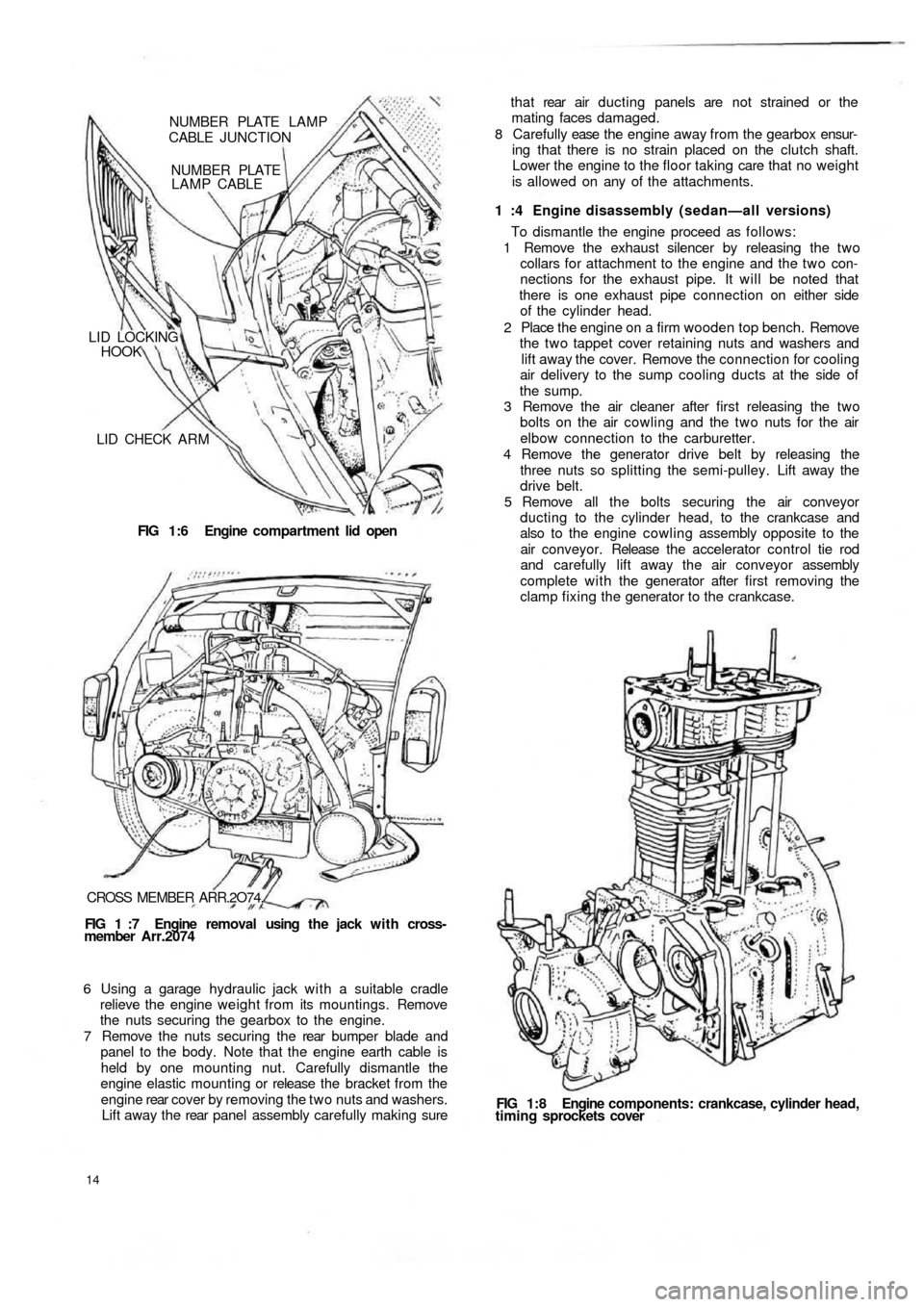
LID CHECK A R M
FIG 1:6 Engine compartment lid open LID LOCKING
HOOK
NUMBER PLATE
LAMP CABLE NUMBER PLATE LAMP
CABLE JUNCTION
CROSS MEMBER ARR.2O74.
FIG 1 :7 Engine removal using the jack with cross-
member Arr.2074
6 Using a garage hydraulic jack with a suitable cradle
relieve the engine weight from its mountings. Remove
the nuts securing the gearbox to the engine.
7 Remove the nuts securing the rear bumper blade and
panel to the body. Note that the engine earth cable is
held by one mounting nut. Carefully dismantle the
engine elastic mounting or release the bracket from the
engine rear cover by removing the two nuts and washers.
Lift away t h e rear panel assembly carefully making sure
14
FIG 1 : 8 Engine components: crankcase, cylinder head,
timing sprockets cover To dismantle the engine proceed as follows:
1 Remove the exhaust silencer by releasing the two
collars for attachment to the engine and the two con-
nections for the exhaust pipe. It will be noted that
there is one exhaust pipe connection on either side
of the cylinder head.
2 Place the engine on a firm wooden top bench. Remove
the two tappet cover retaining nuts and washers and
lift away the cover. Remove the connection for cooling
air delivery to the sump cooling ducts at the side of
the sump.
3 Remove the air cleaner after first releasing the two
bolts on the air cowling and the two nuts for the air
elbow connection to the carburetter.
4 Remove the generator drive belt by releasing the
three nuts so splitting the semi-pulley. Lift away the
drive belt.
5 Remove all the bolts securing the air conveyor
ducting to the cylinder head, to the crankcase and
also to the engine cowling assembly opposite to the
air conveyor. Release the accelerator control tie rod
and carefully lift away the air conveyor assembly
complete with the generator after first removing the
clamp fixing the generator to the crankcase. 1 :4 Engine disassembly (sedan—all versions) t h a t rear air ducting panels are not strained or the
mating faces damaged.
8 Carefully ease the engine away from the gearbox ensur-
ing that there is no strain placed on the clutch shaft.
Lower the engine to the floor taking care that no weight
is allowed on any of the attachments.
Page 8 of 128
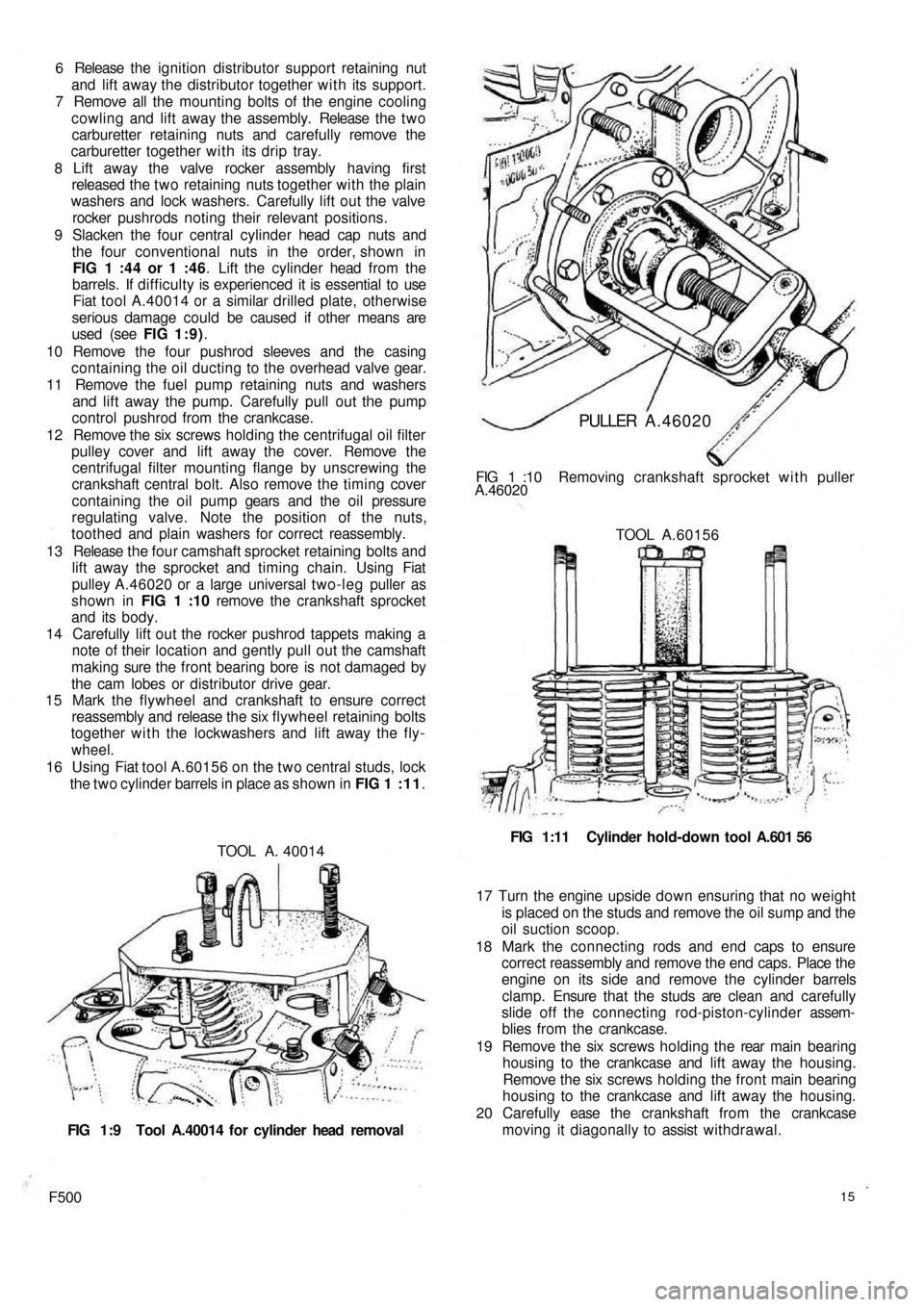
6 Release the ignition distributor support retaining nut
and lift away the distributor together w i t h its support.
7 Remove all the mounting bolts of the engine cooling
cowling and lift away the assembly. Release the t w o
carburetter retaining nuts and carefully remove the
carburetter together with its drip tray.
8 Lift away the valve rocker assembly having first
released the t w o retaining nuts together with the plain
washers and lock washers. Carefully lift out the valve
rocker pushrods noting their relevant positions.
9 Slacken the four central cylinder head cap nuts and
the four conventional nuts in the order, shown in
FIG 1 :44 or 1 :46. Lift the cylinder head from the
barrels. If difficulty is experienced it is essential to use
Fiat tool A.40014 or a similar drilled plate, otherwise
serious damage could be caused if other means are
used (see FIG 1:9).
10 Remove the four pushrod sleeves and the casing
containing the oil ducting to the overhead valve gear.
11 Remove the fuel pump retaining nuts and washers
and lift away the pump. Carefully pull out the pump
control pushrod from the crankcase.
12 Remove the six screws holding the centrifugal oil filter
pulley cover and lift away the cover. Remove the
centrifugal filter mounting flange by unscrewing the
crankshaft central bolt. Also remove the timing cover
containing the oil pump gears and the oil pressure
regulating valve. Note the position of the nuts,
toothed and plain
washers for correct reassembly.
13 Release t h e four camshaft sprocket retaining bolts and
lift away the sprocket and timing chain. Using Fiat
pulley A.46020 or a large universal two-leg puller as
shown in FIG 1 :10 remove the crankshaft sprocket
and its body.
14 Carefully lift out the rocker pushrod tappets making a
note of their location and gently pull out the camshaft
making sure the front bearing bore is not damaged by
the cam lobes or distributor drive gear.
15 Mark the flywheel and crankshaft to ensure correct
reassembly and release the six f l y w h e e l retaining bolts
together w i t h the lockwashers and lift away the fly-
wheel.
16 Using Fiat tool A.60156 on the two central studs, lock
the two cylinder barrels in place as shown in FIG 1 : 1 1.
TOOL A. 40014
FIG 1:9 Tool A.40014 for cylinder head removal
F50015
17 Turn the engine upside down ensuring that no weight
is placed on the studs and remove the oil sump and the
oil suction scoop.
18 Mark the connecting rods and end caps to ensure
correct reassembly and remove the end caps. Place the
engine on its side and remove the cylinder barrels
clamp. Ensure that the studs are clean and carefully
slide off the connecting rod-piston-cylinder assem-
blies from the crankcase.
19 Remove the six screws holding the rear main bearing
housing to the crankcase and lift away the housing.
Remove the six screws holding the front main bearing
housing to the crankcase and lift away the housing.
20 Carefully ease the crankshaft from the crankcase
moving it diagonally to assist withdrawal. FIG 1:11 Cylinder hold-down tool A.601 56 TOOL A.60156 FIG 1 :10 Removing crankshaft sprocket w i t h puller
A.46020
PULLER A.46020
Page 9 of 128
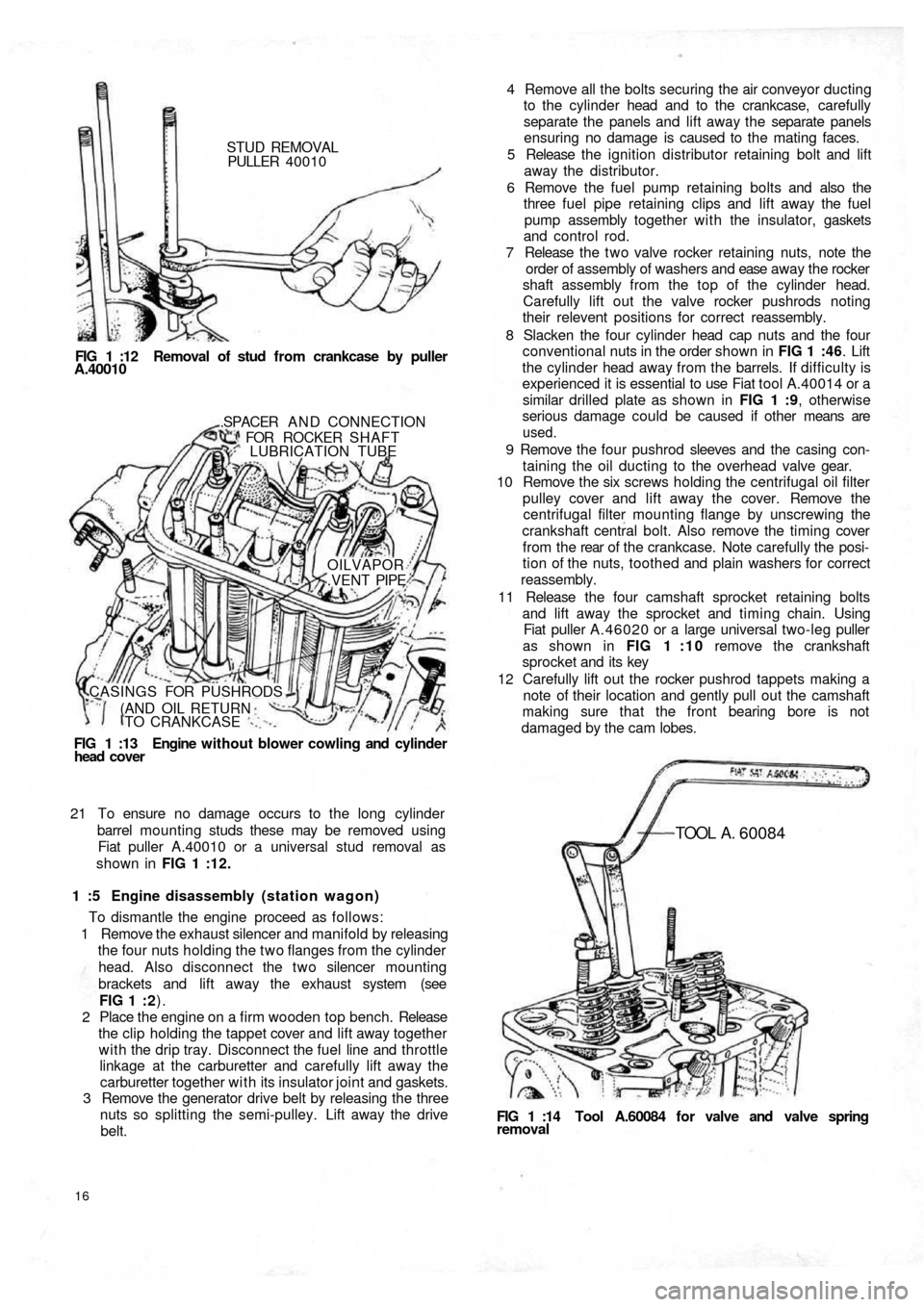
STUD REMOVAL
PULLER 40010
FIG 1 :12 Removal of stud from crankcase by puller
A.40010
FIG 1 :13 Engine without blower cowling and cylinder
head cover.SPACER A N D CONNECTION
FOR ROCKER SHAFT
LUBRICATION TUBE
OILVAPOR
.VENT PIPE
CASINGS FOR PUSHRODS
(AND OIL RETURN
TO CRANKCASE
21 To ensure no damage occurs to the long cylinder
barrel mounting studs these may be removed using
Fiat puller A.40010 or a universal stud removal as
shown in FIG 1 :12.
1 :5 Engine disassembly (station wagon)
To dismantle the engine proceed as follows:
1 Remove the exhaust silencer and manifold by releasing
the four nuts holding the two flanges from the cylinder
head. Also disconnect the two silencer mounting
brackets and lift away the exhaust system (see
FIG 1 : 2).
2 Place the engine on a firm wooden top bench. Release
the clip holding the tappet cover and lift away together
with the drip tray. Disconnect the fuel line and throttle
linkage at the carburetter and carefully lift away the
carburetter together with its insulator joint and gaskets.
3 Remove the generator drive belt by releasing the three
nuts so splitting the semi-pulley. Lift away the drive
belt.
16
FIG 1 :14 Tool A.60084 for valve and valve springremoval
TOOL A . 60084
4 Remove all the bolts securing the air conveyor ducting
to the cylinder head and to the crankcase, carefully
separate the panels and lift away the separate panels
ensuring no damage is caused to the mating faces.
5 Release the ignition distributor retaining bolt and lift
away the distributor.
6 Remove the fuel pump retaining bolts and also the
three fuel pipe retaining clips and lift away the fuel
pump assembly together with the insulator, gaskets
and control rod.
7 Release the t w o valve rocker retaining nuts, note the
order of assembly of washers and ease away the rocker
shaft assembly from the top of the cylinder head.
Carefully lift out the valve rocker pushrods noting
their relevent positions for correct reassembly.
8 Slacken the four cylinder head cap nuts and the four
conventional nuts in the order shown in FIG 1 :46. Lift
the cylinder head away from the barrels. If difficulty is
experienced it is essential to use Fiat tool A.40014 or a
similar drilled plate as shown in FIG 1 :9, otherwise
serious damage could be caused if other means are
used.
9 Remove the four pushrod sleeves and the casing con-
taining the oil ducting to the overhead valve gear.
10 Remove the six screws holding the centrifugal oil filter
pulley cover and lift away the cover. Remove the
centrifugal filter mounting flange by unscrewing the
crankshaft central bolt. Also remove the timing cover
f r o m t h e rear of t h e crankcase. Note carefully the posi-
tion of the nuts, toothed and plain washers for correct
reassembly.
11 Release the four camshaft sprocket retaining bolts
and lift away the sprocket and timing chain. Using
Fiat puller A.46020 or a large universal two-leg puller
as shown in FIG 1 : 1 0 remove the crankshaft
sprocket and its key
12 Carefully lift out the rocker pushrod tappets making a
note of their location and gently pull out the camshaft
making sure that the front bearing bore is not
damaged by the cam lobes.
Page 10 of 128
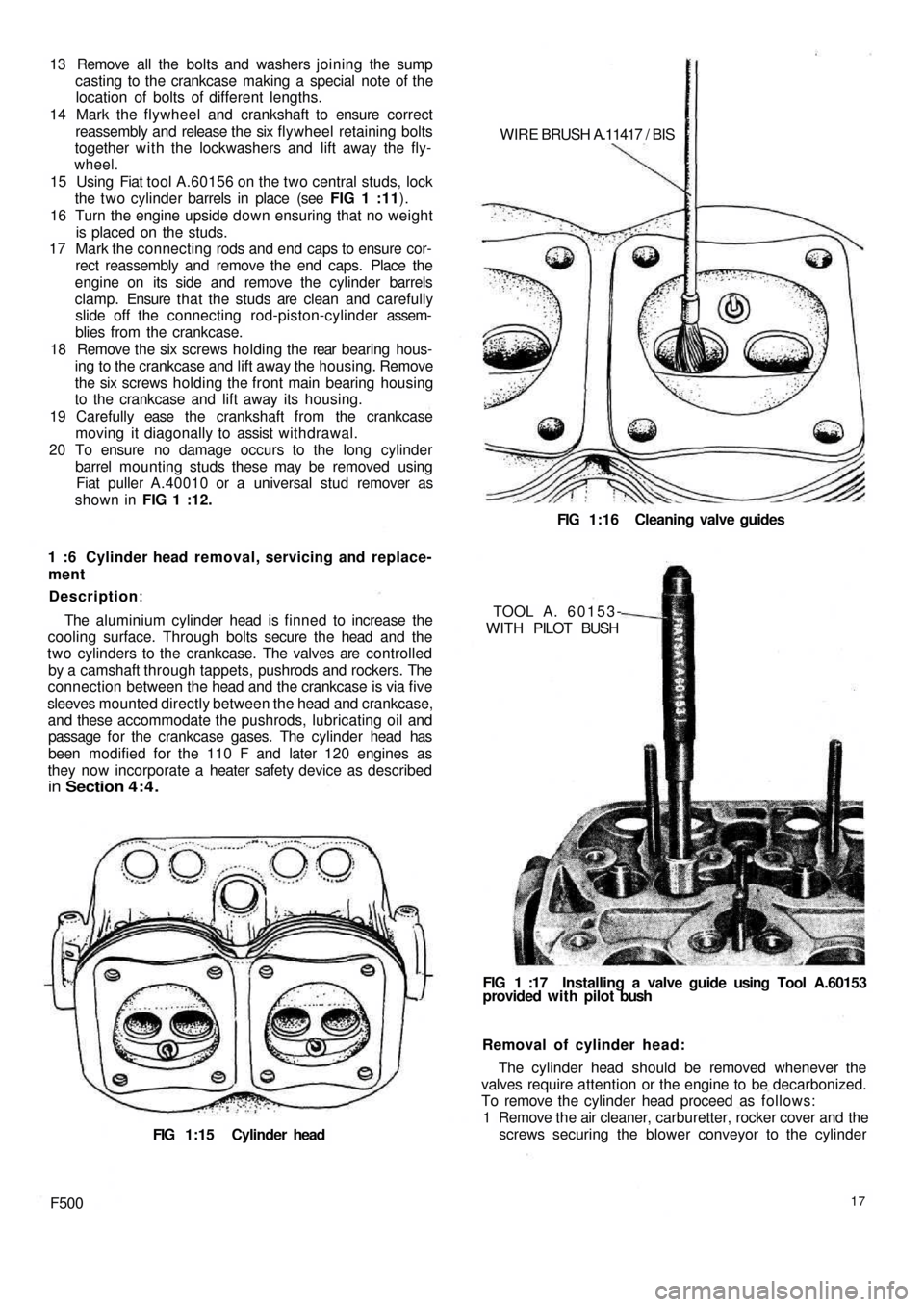
13 Remove all the bolts and washers joining the sump
casting to the crankcase making a special note of the
location of bolts of different lengths.
14 Mark the flywheel and crankshaft to ensure correct
reassembly and release the six flywheel retaining bolts
together with the lockwashers and lift away the fly-
wheel.
15 Using Fiat tool A.60156 on the two central studs, lock
the t w o cylinder barrels in place (see FIG 1 :11).
16 Turn the engine upside down ensuring that no weight
is placed on the studs.
17 Mark the connecting rods and end caps to ensure cor-
rect reassembly and remove the end caps. Place the
engine on its side and remove the cylinder barrels
clamp. Ensure t h a t t h e studs are clean and carefully
slide off the connecting rod-piston-cylinder assem-
blies from the crankcase.
18 Remove the six screws holding the rear bearing hous-
ing to the crankcase and lift away the housing. Remove
the six screws holding the front main bearing housing
to the crankcase and lift away its housing.
19 Carefully ease t h e crankshaft from the crankcase
moving it diagonally to assist w i t h d r a w a l .
20 To ensure no damage occurs to the long cylinder
barrel mounting studs these may be removed using
Fiat puller A.40010 or a universal stud remover as
shown in FIG 1 :12.
1 :6 Cylinder head removal, servicing and replace-
ment
Description:
The aluminium cylinder head is finned to increase the
cooling surface. Through bolts secure the head and the
two cylinders to the crankcase. The valves are controlled
by a camshaft through tappets, pushrods and rockers. The
connection between the head and the crankcase is via five
sleeves mounted directly between the head and crankcase,
and these accommodate the pushrods, lubricating oil and
passage for the crankcase gases. The cylinder head has
been
modified for the 110 F and later 120 engines as
they now incorporate a heater safety device as described
in Section 4 : 4 .
FIG 1:15 Cylinder head
17F500
The cylinder head should be removed whenever the
valves require attention or the engine to be decarbonized.
To remove the cylinder head proceed as f o l l o w s :
1 Remove the air cleaner, carburetter, rocker cover and the
screws securing the blower conveyor to the cylinder Removal of cylinder head: FIG 1 :17 Installing a valve guide using Tool A.60153
provided with pilot bush TOOL A. 6 0 1 5 3 -
WITH PILOT BUSH FIG 1:16 Cleaning valve guides
W I R E BRUSH A.11417 / BIS
Page 11 of 128
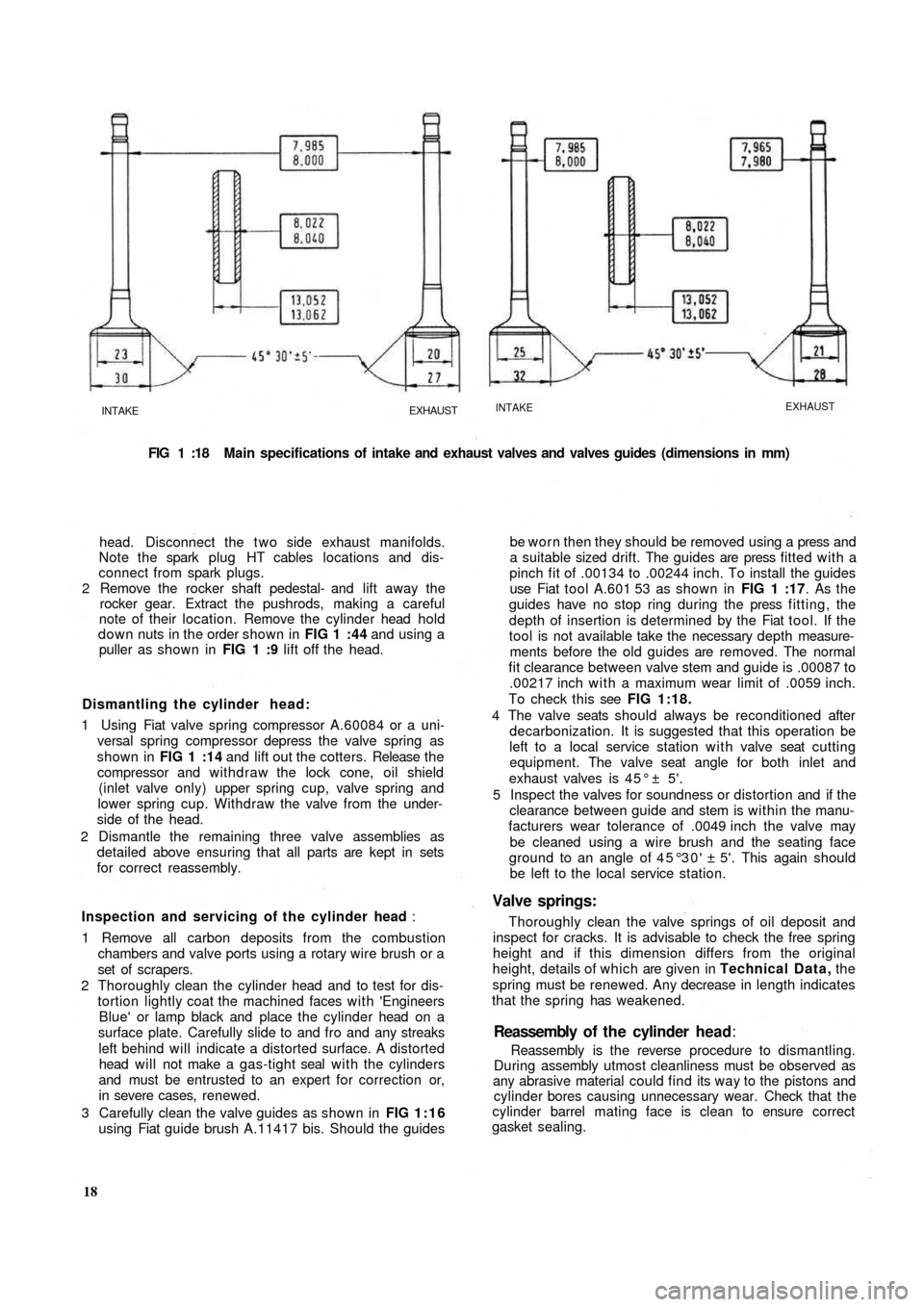
INTAKEEXHAUSTINTAKEEXHAUST
FIG 1 :18 Main specifications of intake and exhaust valves and valves guides (dimensions in mm)
head. Disconnect the t w o side exhaust manifolds.
Note the spark plug HT cables locations and dis-
connect from spark plugs.
2 Remove the rocker shaft pedestal- and lift away the
rocker gear. Extract the pushrods, making a careful
note of their location. Remove the cylinder head hold
down nuts in the order shown in FIG 1 :44 and using a
puller as shown in FIG 1 :9 lift off the head.
Dismantling the cylinder head:
1 Using Fiat valve spring compressor A.60084 or a uni-
versal spring compressor depress the valve spring as
shown in FIG 1 :14 and lift out the cotters. Release t h e
compressor and withdraw the lock cone, oil shield
(inlet valve only) upper spring cup, valve spring and
lower spring cup. Withdraw the valve from the under-
side of the head.
2 Dismantle the remaining three valve assemblies as
detailed above ensuring that all parts are kept in sets
for correct reassembly.
Inspection and servicing of the cylinder head :
1 Remove all carbon deposits from the combustion
chambers and valve ports using a rotary wire brush or a
set of scrapers.
2 Thoroughly clean the cylinder head and to test for dis-
tortion lightly coat the machined faces with 'Engineers
Blue' or lamp
black and place the cylinder head on a
surface plate. Carefully slide to and fro and any streaks
left behind will indicate a distorted surface. A distorted
head will not make a gas-tight seal with the cylinders
and must be entrusted to an expert for correction or,
in severe cases, renewed.
3 Carefully clean the valve guides as shown in FIG 1:16
using Fiat guide brush A.11417 bis. Should the guides
18Reassembly is the reverse procedure to dismantling.
During assembly utmost cleanliness must be observed as
any abrasive material could find its way to the pistons and
cylinder bores causing unnecessary wear. Check that the
cylinder barrel mating face is clean to ensure correct
gasket sealing.Reassembly of t h e cylinder head:
be worn then they should be removed using a press and
a suitable sized drift. The guides are press fitted with a
pinch fit of .00134 to .00244 inch. To install the guides
use Fiat tool A.601 53 as shown in FIG 1 :17. As the
guides have no stop ring during the press fitting, the
depth of insertion is determined by the Fiat tool. If the
tool is not available take the necessary depth measure-
ments before the old guides are removed. The normal
fit clearance between valve stem and guide is .00087 to
.00217 inch with a maximum wear limit of .0059 inch.
To check this see FIG 1:18.
4 The valve seats should always be reconditioned after
decarbonization. It is suggested that this operation be
left to a local service station with valve seat cutting
equipment. The valve seat angle for both inlet and
exhaust valves is 4 5 ° ± 5'.
5 Inspect the valves for soundness or distortion and if the
clearance between guide and stem is within the manu-
facturers wear tolerance of .0049 inch the valve may
be cleaned using a wire brush and the seating face
ground to an angle of 45°30' ± 5'. This again should
be left to the local service station.
Valve springs:
Thoroughly clean the valve springs of oil deposit and
inspect for cracks. It is advisable to check the free spring
height and if this dimension differs from the original
height, details of which are given in Technical Data, the
spring must be renewed. Any decrease in length indicates
that the spring has weakened.